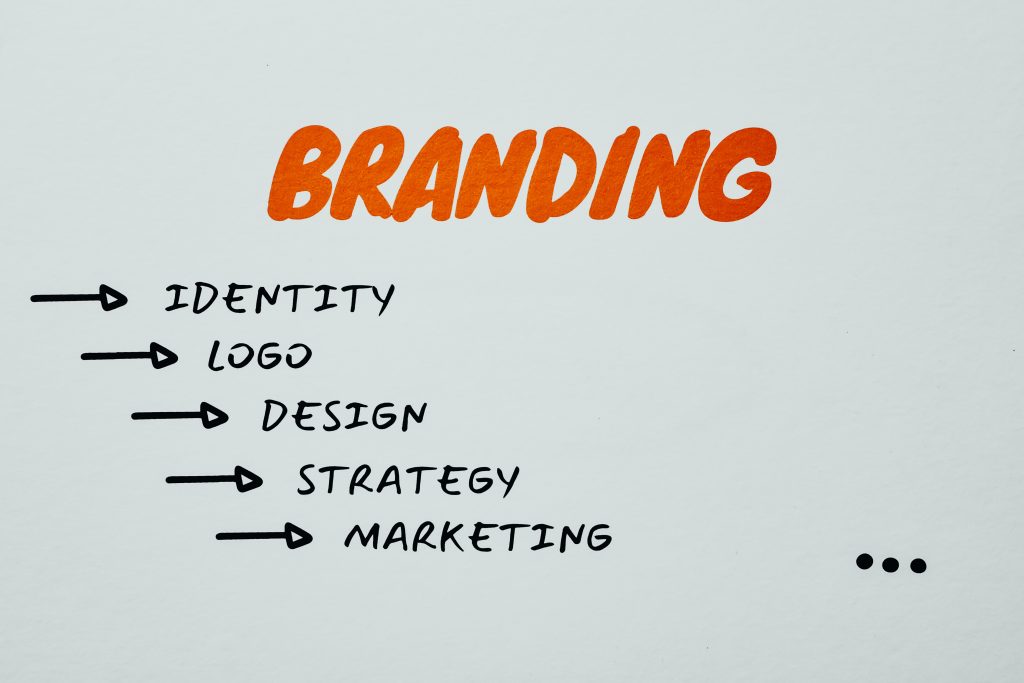Introduction
Logo design is a vital aspect of branding and corporate identity. A well-crafted logo can convey the essence of a brand, create a lasting impression, and distinguish a company from its competitors. In this article, we will explore the key principles and steps involved in creating a successful logo design.

Design Logo Online
Here are some websites that offer free online logo design tools:
![]() This content is for members only.
This content is for members only.
Please note that while these tools can help you create logos, the level of customization and quality may vary. Additionally, some may offer paid options for more advanced features and customization.
Understand the Brand and Audience
Before diving into the design process, it’s crucial to understand the brand’s values, mission, and personality. Additionally, identify the target audience, as the logo should resonate with them.
Research and Inspiration
Research the industry, competitors, and current design trends. Gather inspiration from various sources, such as design books, websites, and mood boards.
Sketching and Brainstorming
Start with rough sketches and brainstorming sessions. Explore different concepts and ideas, and don’t constrain your creativity at this stage.
Simplicity is Key
Keep the design simple and memorable. Some of the most iconic logos are elegantly simple, making them easy to recognize and recall.
Versatility and Scalability
Ensure that the logo works well in various sizes and applications, from small business cards to large billboards. Scalability is crucial for maintaining clarity and visual impact.
Color Selection
Choose colors that reflect the brand’s personality and resonate with the target audience. Consider the psychological impact of colors and their associations.
Typography
Select appropriate fonts that complement the logo’s design. Typography should be legible and align with the brand’s identity.
Balance and Proportion
Achieve a harmonious balance between different design elements. Pay attention to proportions, spacing, and alignment.
Uniqueness
Strive for originality. Avoid clichés and copying other logos. A unique logo helps the brand stand out and be memorable.
Adaptability
Design variations for different use cases. Consider creating a simplified version for use in small spaces or in monochrome.
Feedback and Iteration
Seek feedback from peers, clients, and target audience members. Use constructive criticism to refine your design through multiple iterations.
Test in Different Contexts
Visualize how the logo will appear on various marketing materials, websites, and merchandise. Ensure it looks appealing and cohesive in these contexts.
Legal Considerations
Research and check for trademark and copyright issues. Ensure your logo design is unique and does not infringe on others’ intellectual property.
Finalize and Deliver
Once the design is approved, provide the client or company with all necessary file formats and guidelines for logo usage.
Brand Consistency
Encourage the consistent use of the logo across all brand touchpoints. Maintain brand integrity by preserving logo colors, proportions, and spacing.
Conclusion
Logo design is both an art and a science. It requires a deep understanding of the brand, creativity, and meticulous attention to detail. A well-designed logo has the power to leave a lasting impression and become a symbol of trust and recognition. By following these principles and steps, you can create a logo that effectively represents a brand’s identity and resonates with its target audience, contributing to its long-term success.